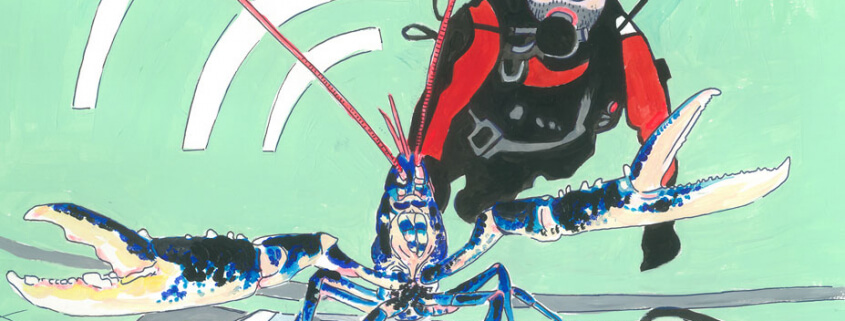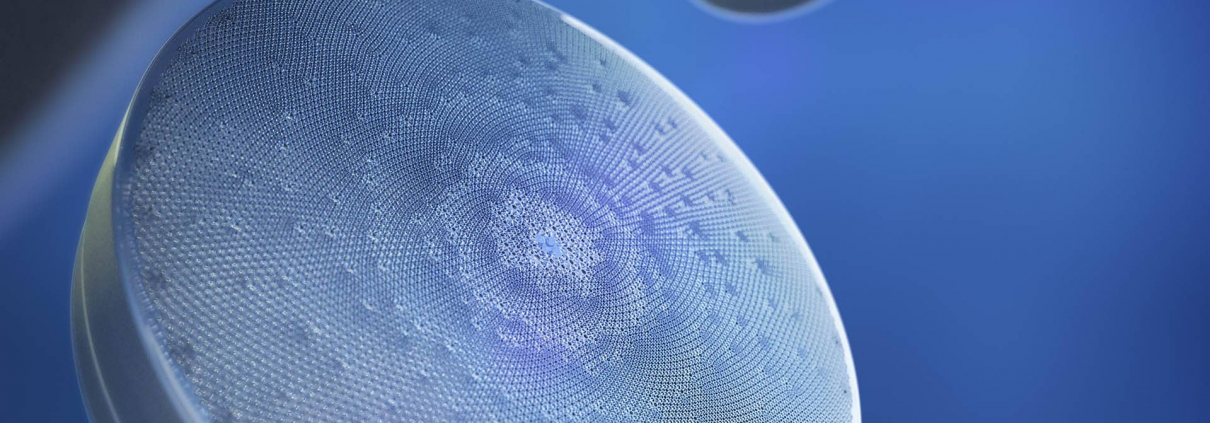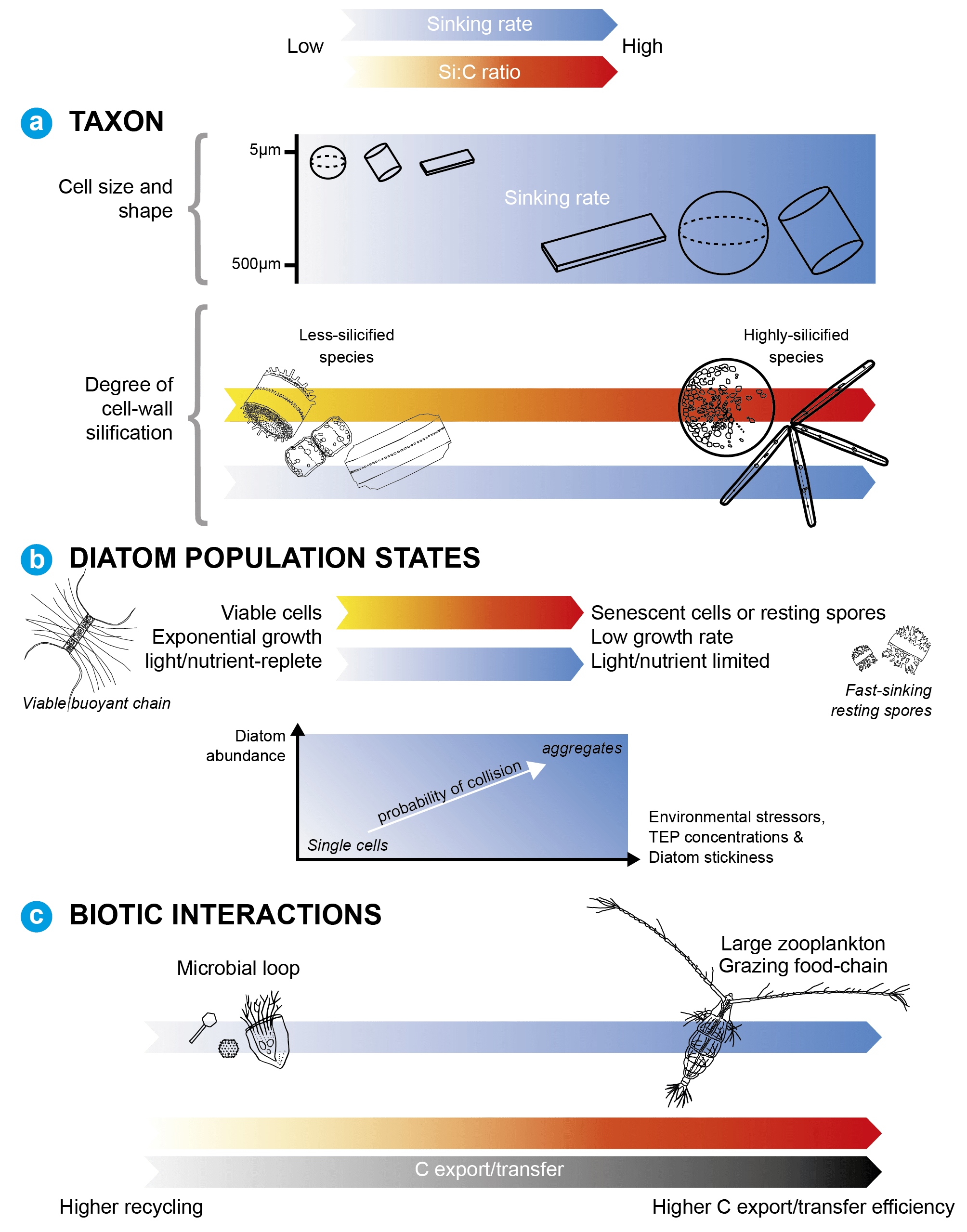Sound characterization of the European lobster Homarus gammarus in tanks
Youenn Jézéquel, Julien Bonnel, Jennifer Coston-Guarini, Jean-Marc Guarini, Laurent Chauvaud
ABSTRACT
Experiments in marine behavioural ecology rely heavily on observations made in tanks. However, when studying acoustic behaviours of marine animals in confined volumes, the effects of reverberation must be characterized, something that has been overlooked in parts of the marine ecology literature. In this study, we characterized reverberation in tanks using an artificial sound source and examined the implications for bioacoustic studies using sounds emitted by the European lobster Homarus gammarus during feeding and in response to stress. Broadband and transient sounds commonly produced by crustaceans were severely impacted by reverberation such that their spectral characteristics and pulse width durations could not be assessed. In contrast, lowfrequency sounds could be characterized in tanks, but not their source level. Based on these observations, we describe a simple methodology to identify which sound characteristics can be measured in tanks. When feeding, the lobsters produced broadband and transient sounds called ‘rattles’, similar to sounds reported for tropical spiny lobsters Palinurus longipes and P. argus. When stressed, H. gammarus vibrated its carapace, producing a low-frequency sound analogous to the ‘buzzing’ sound of the American lobster H. americanus. The potential role of species-specific sound is discussed; however, although our observations represent the first bioacoustic characterization of H. gammarus, additional behavioural studies are necessary to understand their ecological meaning.
References
Jézéquel Y, Bonnel J, Coston-Guarini J, Guarini JM, Chauvaud L (2018) Sound characterization of the European lobster Homarus gammarus in tanks. Aquat Biol 27:13-23. https://doi.org/10.3354/ab00692







